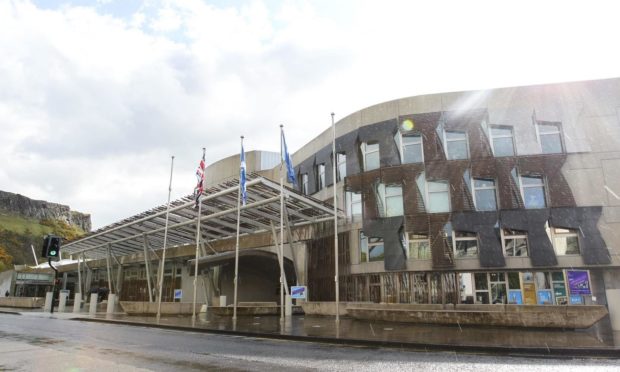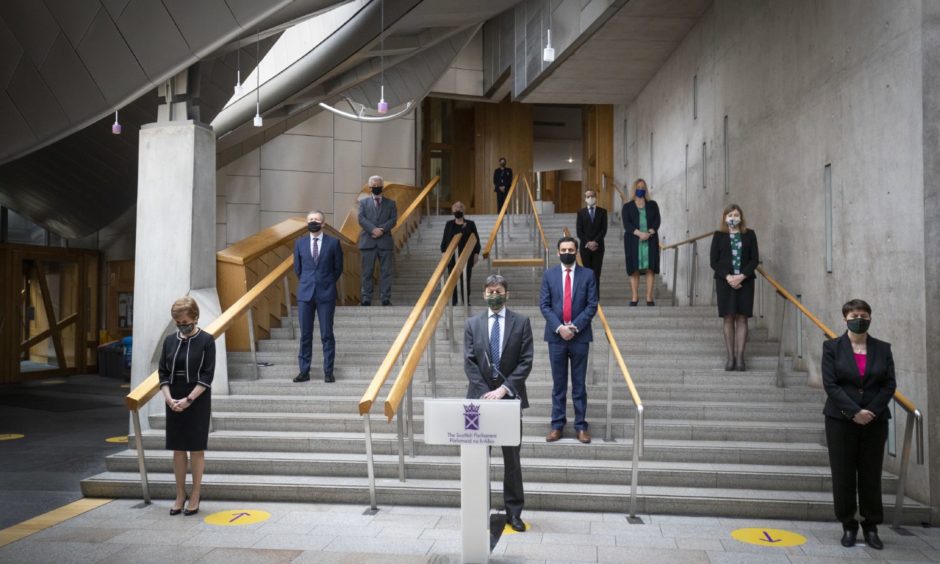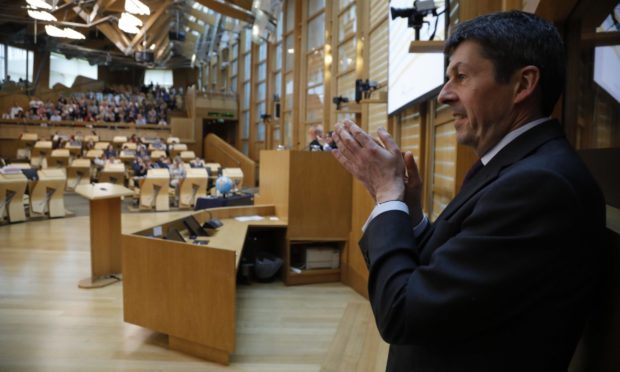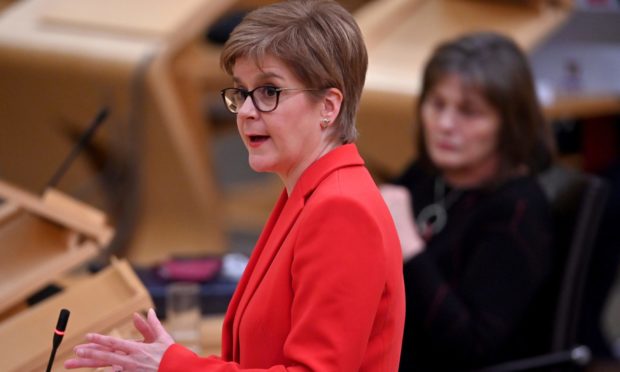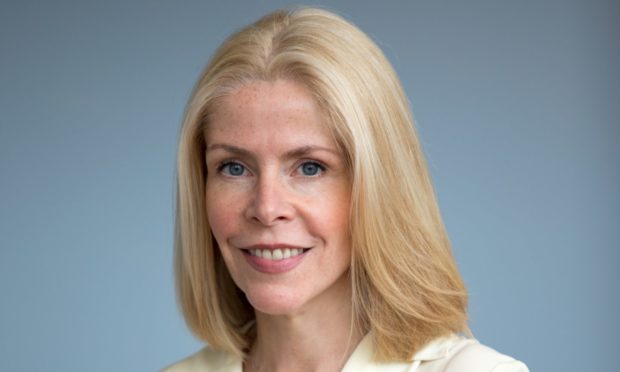After two full days of counting, we now know who the 129 new MSPs are at Holyrood.
The SNP managed to secure 64 seats – just one short of an overall majority – along with 31 Conservatives, 22 Labour, eight Greens and four Lib Dems.
But now they have been elected and can officially call themselves an MSP, what happens next?
The first days on the job
The first few days after being elected as an MSP is much like starting any new job.
On Monday May 10 and Tuesday May 11 the new MSPs will receive their training and orientation at Holyrood.
This includes all the usual things to expect on the first day at a new job – they will be shown around the building, shown which rooms are where, getting their security passes and having their photographs taken.
To help with social distancing during the coronavirus pandemic, these training sessions are for a maximum of 25 people at a time – on Monday, those living in and closest to Edinburgh had their training, with the rest due later this week.
On Wednesday the presiding officer will give all the MSPs training on chamber etiquette and how to vote, including how to take part via remote voting if they are working from home.
Parliament starts back on Thursday
MSPs will be back in the debating chamber on Thursday May 13, and the first thing they all need to do is take their oath or affirmation.
The oath has members “swear that I will be faithful and bear true allegiance to Her Majesty Queen Elizabeth” and ends with the statement “so help me God”.
The affirmation has members “solemnly, sincerely and truly declare and affirm that I will be faithful and bear true allegiance to Her Majesty Queen Elizabeth”, and does not include any religious references.
In 2016 Nicola Sturgeon and co-leader of the Scottish Greens Patrick Harvie chose to take the affirmation, with Lib Dem leader Willie Rennie taking the oath.
Last time around Mr Harvie also underlined his party’s support for an elected head of state before he made the affirmation.
There is also currently a petition that has received more than 8,000 signatures asking for the oaths and affirmations to be changed to a pledge allegiance to the Scottish people rather than the queen.
Outgoing presiding officer Ken Macintosh (from the Labour party) will oversee the oath taking.
Nicola Sturgeon, Douglas Ross, Anas Sarwar, Patrick Harvie and Willie Rennie will take their oath or affirmation first, as the party leaders, and after that it will be done in alphabetical order.
Each MSP will be given a card with the oath or affirmation written on it, and asked to repeat the words after the officiating clerk and sign the parliamentary register.
These words can then be repeated in a language other than English – cards will be available in Gaelic, Cantonese, Punjabi, Urdu, Guajarati and Hindi (these languages were chosen based on how widely spoken they are in Scotland).
.@HumzaYousaf just gave his swearing in oath in Urdu. Look how great it sounds: pic.twitter.com/mvPqRucslx
— Siraj Datoo (@dats) May 12, 2016
Previously, MSPs have chosen to speak it in Gaelic, Urdu, Doric, Italian and French.
Anyone who refuses to take the oath/affirmation will be unable to take part in any parliamentary proceedings and will not be paid a salary or an allowance.
Because of the coronavirus pandemic, the oath-taking will be done in four groups to help with social distancing, and members will take the oath at their desk rather than in the well of the debating chamber.
The noticeable difference is they will not have their friends and family there, which is a real shame.”
Scottish Parliament spokesman
A spokesman for the Scottish Parliament said: “The noticeable difference is they will not have their friends and family there, which is a real shame.
“Normally when they take their oaths their partners and loved ones turn up to watch and wear their Sunday best.
“It is a rather nice moment in their political careers, but that is the context we are in right now.
“And for social distancing, members will remain in position and take their oaths at their desk rather than coming down into the well of the chamber.”
Although this is due to take place on Thursday, MSPs technically have until two months after the date of the election to complete their oath or affirmation.
Electing the new presiding officer
Once every MSP is sworn into the parliament, they need to appoint the presiding officer and the deputy presiding officers – this is required by law to be done in the first meeting.
The new presiding officer is due to be elected on Thursday afternoon, with their three deputies expected to be appointed on Friday morning.
The presiding officer is to be impartial and will be responsible for chairing meetings in the debating chamber, selecting the questions to be asked at the weekly first minister’s questions, chairing the Scottish Parliamentary Corporate Body meetings, and chairing the Parliamentary Bureau meetings.
They will also officially represent the Scottish Parliament at home and overseas.
Members will submit their nominations to the parliamentary business team in a ballot box in the debating chamber once they have taken their oath, but their nomination will only be valid if it is seconded by another member.
If a candidate wins more votes than the total number received by all other candidates, and the total number of votes cast is more than a quarter of the total number of seats in parliament, that candidate wins.
However, if there is no outright winner, there are successive rounds of voting, with the candidate who received the fewest votes in each round being eliminated until only one is left.
If there is only one candidate for presiding officer, members will simply be asked to vote for or against them, and they need a simple majority to win.
Once they have been appointed, they will take over the election of the deputy presiding officers in the same way – this is due to take place on Friday morning.
Although the deputy presiding officers will have the same duties when acting in the place of the presiding officer, they can continue to support their own political party, and take part in business, including speaking in debates and voting.
When does Nicola Sturgeon officially become first minister?
Technically, Nicola Sturgeon needs to be officially elected back as the first minister of Scotland.
MSPs will be asked to elect one member to be the first minister, and this is usually the leader of the biggest party in parliament.
This is likely to happen on Tuesday May 18, and after that it needs to go to the Queen and to the Supreme Court.
The first minister will be responsible for deciding the priority of the Scottish Government, promoting and representing Scotland at home and overseas, choosing cabinet secretaries and other members, chairing the Scottish Cabinet, and nominating the lord advocate, solicitor general and judges.
Once Nicola Sturgeon has been confirmed as the first minister, she will select which ministers will form the government – this is likely to take place on Thursday May 20.
After this, members of the Scottish Parliamentary Corporate Body are appointed and new parliamentary committees are established.
The MSPs will then decide on a programme of parliamentary business, and the dates for recess.
Will coronavirus restrictions be eased on Monday?
While the new MSPs will be busy getting themselves acquainted at Holyrood over the next couple of days, Nicola Sturgeon will be straight back into work, as she is due to give a coronavirus briefing on Tuesday May 11.
She is expected to announce whether or not more coronavirus restrictions can be eased.
From Monday May 17 it is hoped that all level three areas in Scotland – or as many as possible – will move down to level two.
This will mean hospitality venues can serve alcohol indoors until 10.30pm, and until 10pm outdoors.
It will also allow up to four people from two households to socialise in each other’s homes, outdoor adult contact sport and indoor group exercise to restart, and for cinemas, amusement arcades and bingo halls to reopen.
However, Professor Linda Bauld said this morning on Good Morning Scotland there is still a concern about infection levels in Moray.
She said: “There was only nine cases yesterday, so Moray is one area that might have to delay its easing for a little bit at this crucial bit.”
